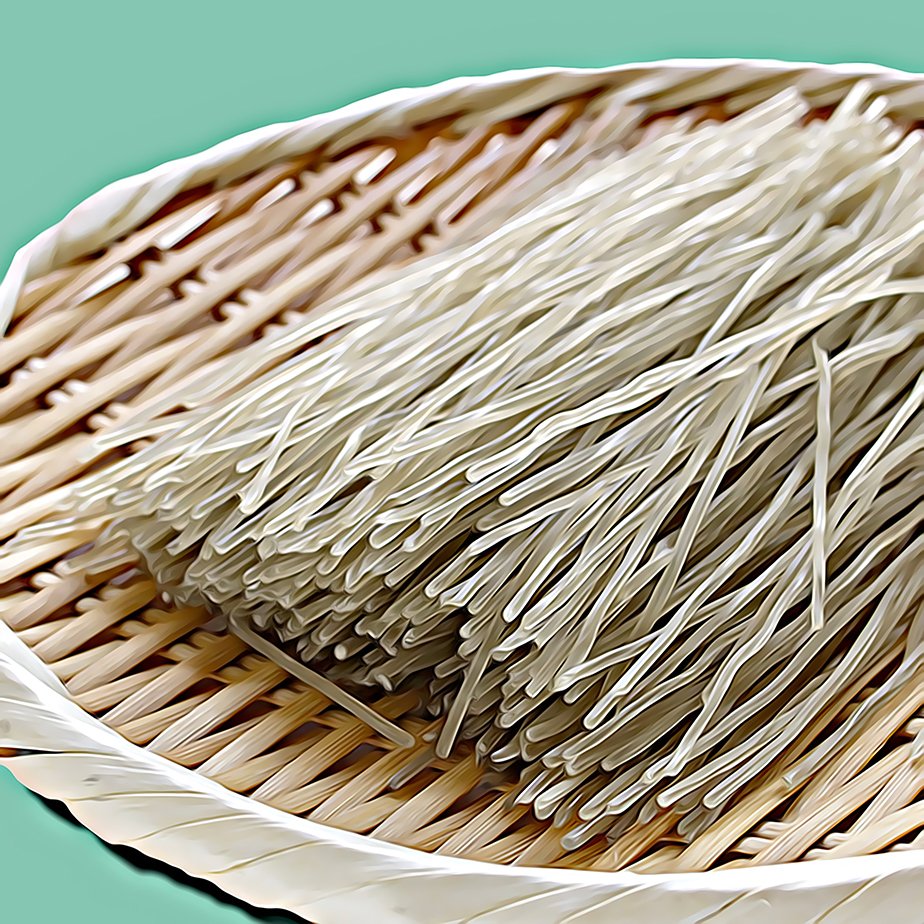Semolina
Semolina. If you’re thinking it’s old-fash and reminiscent of bland puddings and porridges your grandparents might have eaten, then its time for a major reset. Yes, it’s a fairly humble ingredient but when used in certain scenarios, semolina can be downright yum. Cheap to buy and nutritious (it’s high in folate, which is one of the B vitamins, and iron, for example), it’s worth having a bag on hand. Just wiki ‘semolina’ and skip down to the ‘Dishes’ section, then prepare to be amazed. From a Middle European milky-chocolate-semolina breakfast dish, to Italian gnocchi all romana, North African flat breads, Nigerian stew accompaniments, all the way to Scandi berry-semolina puddings, you’ll start feeling semolina FOMO. There’s a LOT that happens globally with this stuff and we for one feel like there’s some catching up to do. We want that chocolate-semolina breakfast!
What is semolina exactly? It’s a coarse, gritty ‘flour’ with a texture resembling polenta that’s milled from wheat ‘middlings’. Wheat middlings are what’s left of the wheat after flour milling, and they make up about 12% of the original grain. Consisting of mostly endosperm, middlings also contain traces of the bran and germ. ’Proper’ semolina is made from high-protein durum wheat, the hardest wheat variety of them all (you might know ‘durum’ from ‘durum wheat pasta.’ FYI ‘durum’ is the Latin word for ‘hard’). It has a creamy, yellow colour and a slightly nutty flavour. It’s milled either coarse, medium (or ‘fine’, the terminology can vary depending on brands) and super-fine. High in protein and gluten, super-fine semolina is milled as fine as flour and is valued in pasta and breads for the strength it brings to doughs; all that protein and gluten contributes to excellent gluten development, giving bread structure and helping pasta maintain its shape. It is also used for pizza and in flatbreads, pancakes, cakes etc.
Coarse milled semolina is used to make everything from couscous, knafeh and creams, custards, cakes and breads the globe over. You can use it as a coating when frying fish or prawns; it gives a lovely crunch to the finished dish. It’s great to throw on a board when you’re rolling or shaping breads. Medium semolina is used for sweets and desserts; it’s perfect for using in custards, creams and some cakes.
Common wheat can also be milled to make a type of ‘semolina’; it’s light beige in colour and mostly used for sweet dishes. It doesn’t have the strength or flavour of durum wheat semolina and is called farina or Cream of Wheat in America – you might see it referred to in specific recipes. (Confusingly, in some quarters, any type of coarse grained flour is called ‘semolina’). Common wheat semolina is also widely used in India in both coarser and fine forms and used in both sweet and savoury dishes.
Semolina has a shorter shelf life than other wheat products because of the high protein content. In a cool, dark place it will last for up to a year, but you can extend this by popping it in your fridge or even freezer.







